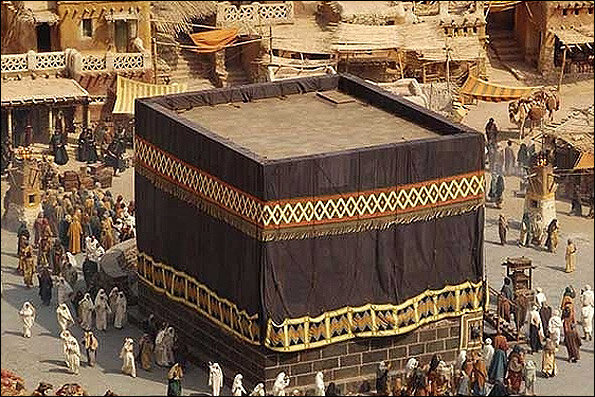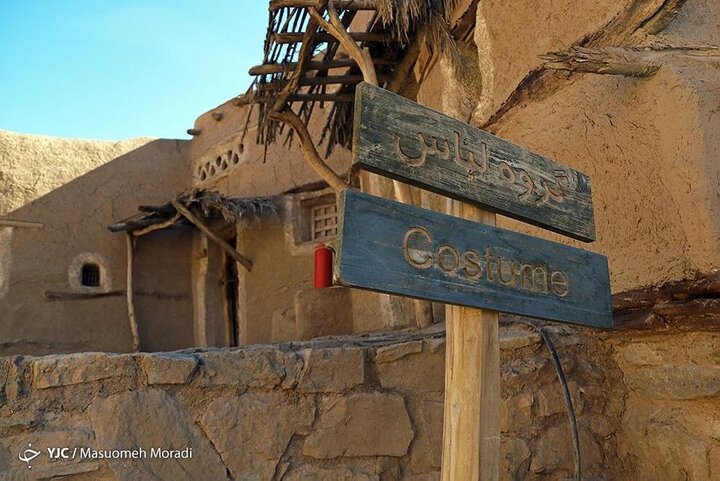A diamond in the rough: Iran’s film tourism needs heed

TEHRAN – If you could step into the world of your favorite film or television series, would you? Most of us would jump at the chance, and many do.
Film tourism as a lucrative niche has been neglected in Iran despite its attested role in prospering both financial rewards and the number of visitors in numerous popular film projects all over the world to a remarkable extent.
Film tourism, or film-induced tourism, is a specialized form of tourism where visitors explore locations and destinations that have become popular due to their appearance in films and television series. The term also encompasses tours to production studios as well as movies or television-related parks.
Citing an example, standing in first place as the most visited film destination, Harry Potter’s filming location is thought to have generated around five billion dollars for London’s economy, which serves as a testament to possible filming locations’ capacities.
When it comes to firm tourism destinations near the Iranian capital, it is impossible not to mention Noor cinema town, which is considered the greatest and most expensive project in Iran’s film production history, built as the filming location for “Muhammad: The Messenger of God”.

Moreover, the location is used for filming some other historical movies and series, including, Salman Farsi and Namira, to name a few.
The massive location, designed and constructed in collaboration with the Italian Cinecittà World company, consists of numerous itemized features, such as Kaaba in the closest form to its real extent some 1400 years ago.
Located a short distance from the Tehran-Qom Road, Noor cinema town has never opened its door to possible enthusiasts.
Adjacent to the filming location featuring Makkah and Madinah, there are two salons designed to exhibit pictures of the location’s construction process from the very first step, when the place was nothing more than an empty desert.
“We’ve never considered opening doors to visitors,” a related official stated, “The cinema town has only witnessed filming projects and hosted a limited number of visitors.”
As the location not only boasts artistic aspects but also works as a live show of an Islamic atmosphere dating back more than a thousand years, the significance of exploiting its capacities comes into play.
Experts believe that film tourism, as a neglected niche in Iran, requires special attention to fully achieve its potential.
